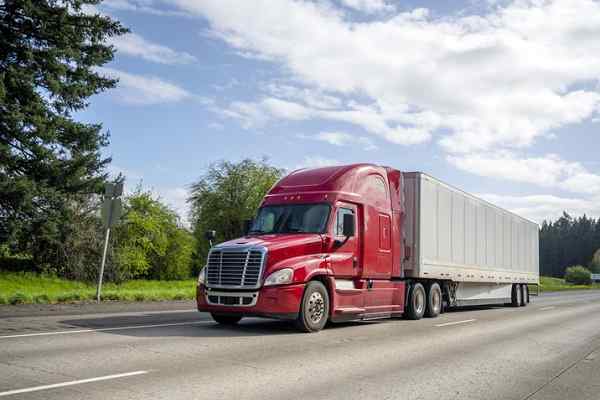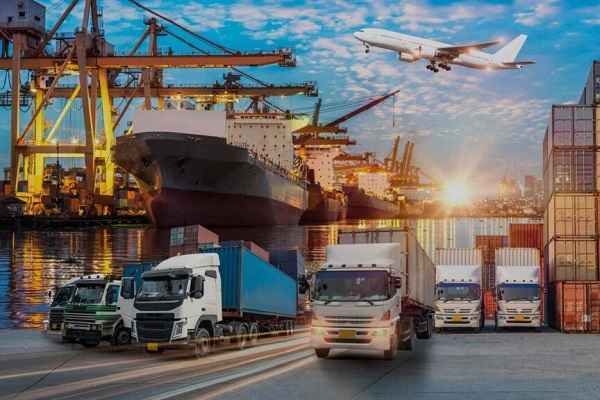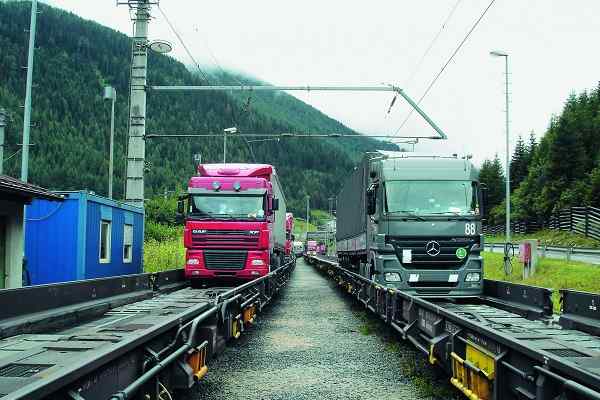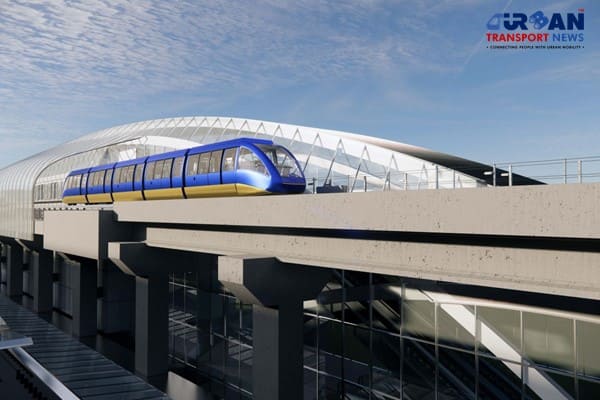 Understanding the Critical Role of Systems Approach in Urban Railway Projects
Understanding the Critical Role of Systems Approach in Urban Railway Projects Exclusive Interview with Ms. Serda Urganciyan, Partner-CEO at Studio 88 Architecture
Exclusive Interview with Ms. Serda Urganciyan, Partner-CEO at Studio 88 Architecture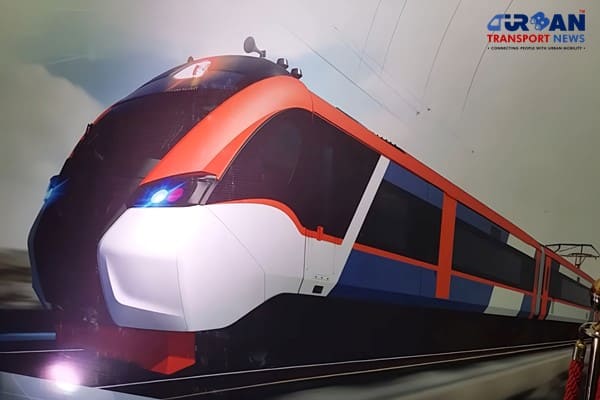 Titagarh Rail Systems set to deliver first sleeper Vande Bharat Train by late 2025
Titagarh Rail Systems set to deliver first sleeper Vande Bharat Train by late 2025 UAE's First Vertiport gets Operational approval, A game-changer in Autonomous Transportation
UAE's First Vertiport gets Operational approval, A game-changer in Autonomous Transportation Nafisah Aslam-Zainudeen: Inspiring the Next Generation of Female Engineers
Nafisah Aslam-Zainudeen: Inspiring the Next Generation of Female Engineers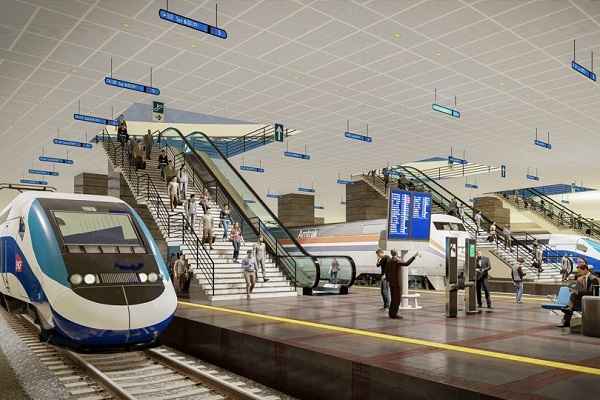 DRA-DMRC JV awarded major contract for redevelopment of Ahmedabad Railway Station
DRA-DMRC JV awarded major contract for redevelopment of Ahmedabad Railway Station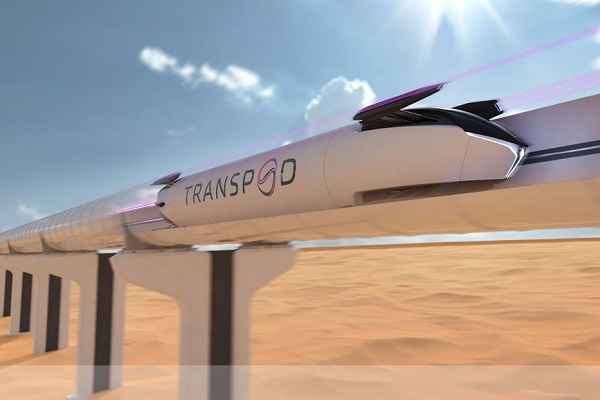 Revolutionizing Transportation: Hyperloop Technology in Saudi Arabia
Revolutionizing Transportation: Hyperloop Technology in Saudi Arabia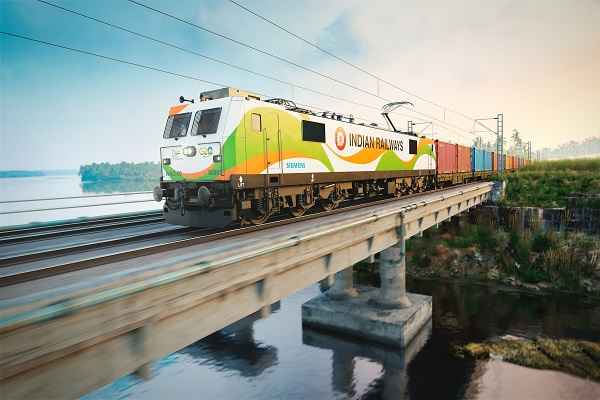 India is not just a market, it is becoming a beacon of hope for the future: Siemens AG
India is not just a market, it is becoming a beacon of hope for the future: Siemens AGSATEBA acquires Rail Business of De Bonte Group in Belgium
 Regent to launch High-Speed Seagliders to transform coastal transportation in UAE
Regent to launch High-Speed Seagliders to transform coastal transportation in UAE
Unlocking Sustainable Economic Growth: The Power of a Robust Railway Freight Network
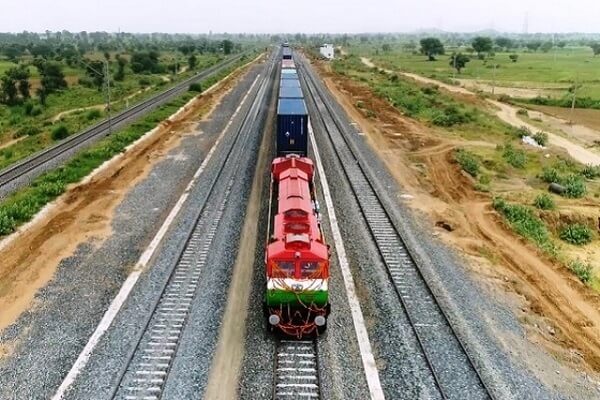
In the ever-evolving landscape of sustainable economic growth, the development of a robust railway freight network stands as a linchpin, capable of unlocking unprecedented opportunities. As we delve into the intricate web of logistics and transportation, it becomes evident that the future of economic expansion lies on the tracks of an efficient and well-optimized railway freight system.
The Catalyst for Economic Transformation
A well-established railway freight network acts as a catalyst, propelling sustainable economic growth by facilitating seamless movement of goods. It serves as the backbone of a nation's logistics infrastructure, connecting industries, markets, and consumers in a symbiotic dance of efficiency.
Enhanced Connectivity
The interconnectivity of regions through a robust railway network breaks down geographical barriers, enabling a smooth flow of goods from production hubs to consumer markets. This enhanced connectivity fosters economic inclusivity, ensuring that every region becomes an active participant in the economic tapestry.
Cost-Efficiency
Railway freight, characterized by its cost-efficiency, presents a compelling case for businesses aiming to streamline their logistics operations. Compared to other modes of transportation, railways offer a cost-effective solution for bulk cargo, reducing the overall transportation expenditure and contributing to the bottom line of businesses.
Sustainable Logistics for a Sustainable Future
As global consciousness shifts towards sustainable practices, a robust railway freight network emerges as a key player in fostering eco-friendly logistics. The inherent energy efficiency of trains, coupled with advancements in green technologies, positions railways as a sustainable mode of transportation.
Reduced Carbon Footprint
Rail transport boasts a significantly lower carbon footprint compared to road or air transport. By promoting the shift from conventional means of transportation to railways, nations can actively contribute to environmental conservation and align with global sustainability goals.
Efficient Resource Utilization
The efficiency of railway systems in utilizing resources further underscores their sustainability. Optimal use of energy, reduced congestion, and minimal land requirements make railways an environmentally conscious choice for freight transportation.
Economic Impact: Unlocking the Next Trillion
The development of a robust railway freight network has far-reaching economic implications, capable of unlocking the next trillion in sustainable economic growth. This impact reverberates across multiple sectors, shaping the economic landscape of nations.
Job Creation and Skill Development
The expansion and maintenance of railway infrastructure create a plethora of job opportunities, ranging from construction and maintenance to logistics and administration. Simultaneously, it fosters skill development, empowering the workforce with specialized competencies.
Stimulating Industrial Growth
A well-connected railway network acts as a catalyst for industrial growth. Industries strategically located along railway lines experience enhanced accessibility to raw materials and markets, fostering a conducive environment for expansion and innovation.
Conclusion
In conclusion, the development of a robust railway freight network transcends mere infrastructure enhancement; it is a strategic investment in sustainable economic growth. The far-reaching benefits, from enhanced connectivity and cost-efficiency to environmental sustainability, position railways as the cornerstone of a nation's progress. As we forge ahead, it's imperative to recognize and leverage the transformative power of a well-optimized railway freight system.





